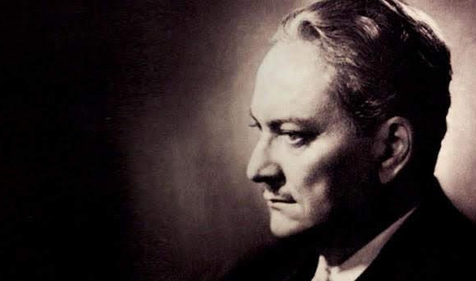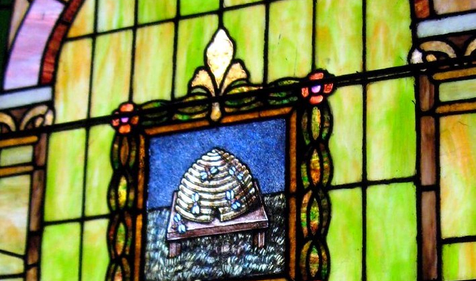This article details Bro. Warren Motts’ experience running the Motts Military Museum and his journey as a Freemason.
“If everybody in this world were Masons, it would be a wonderful world we would be living in.” - Brother Warren Motts, 32°
At the Scottish Rite, NMJ, our core values of Tolerance, Integrity, Justice, Reverence for God, Devotion to Country, and Service to Humanity represent the essence of our Brotherhood. As such, we strive to recognize Brothers who go above and beyond in their commitment to the Craft and our Core Values.
We recently caught up with Brother Warren Motts, 32°, and discussed his Masonic journey and how he honors U.S. military and first responders through his museum, Motts Military Museum. Opened in 1987, Brother Motts has dedicated much of his life to educating the public on the history of the U.S military and its significance in preserving our American freedom. Since its inception, the museum has grown significantly and is now home to hundreds of U.S. military artifacts, as well as the second largest collection of artifacts from 9/11.
Described as one of Ohio’s “hidden gems” and a “must-see” by visitors, Motts Military Museum is an incredible preservation of U.S. history and serves as a reminder of the heroic sacrifice that our country’s veterans and first responders make every day.
Read on as we chat with Brother Motts about his museum, his military experience, the importance of our country’s military and first responders, and how the core values of the Scottish Rite play an everyday role in his life and career.
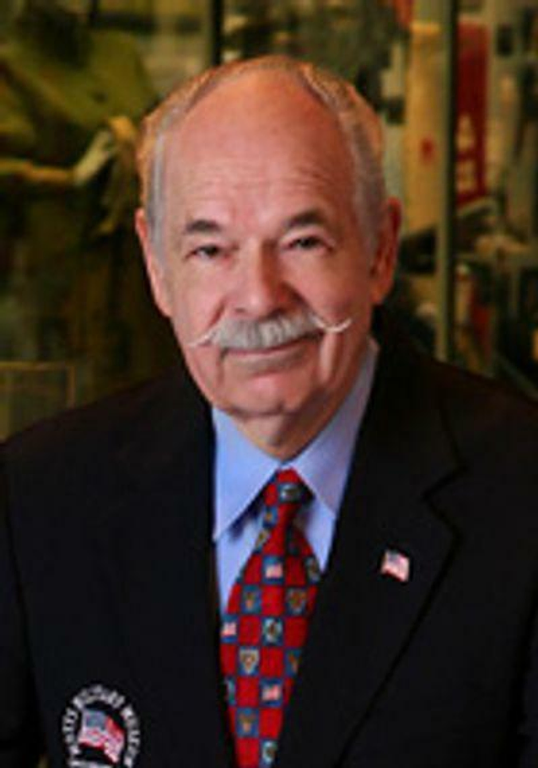
1. When did you first become interested in the history of the U.S. military?
When I was a little kid, I used to play soldiers. But, I also wanted to be a photographer. In 1959 I joined the National Guard while I was still in high school, and when I graduated I went to Fort Knox in Kentucky for basic training. I then went on to Fort Monmouth in New Jersey where I was trained as a combat photographer. I never made it to combat but, with the education I received in the military, I ended up owning my own photography business, Motts Photographic Center, for 25 years. I even ended up photographing events such as the riots in the 60s.
The reason I moved from photography into history and ended up with this museum is because I enjoyed learning about the Civil War as a hobby. I decided to do a photographic recreation of the Battle of Gettysburg; it took three years of research and an additional three years to put it together. I made a 53-minute documentary about it- my re-creation was the first time that it had ever been done. From that experience I realized, I have to collect this stuff.
2. Your museum’s mission is to “educate the public on the importance of America’s military past through the documentation, collection, interpretation, and preservation of tangible artifacts and personal stories of the men and women who served and are serving in the United States Armed Forces.” Why is this mission so important to you?
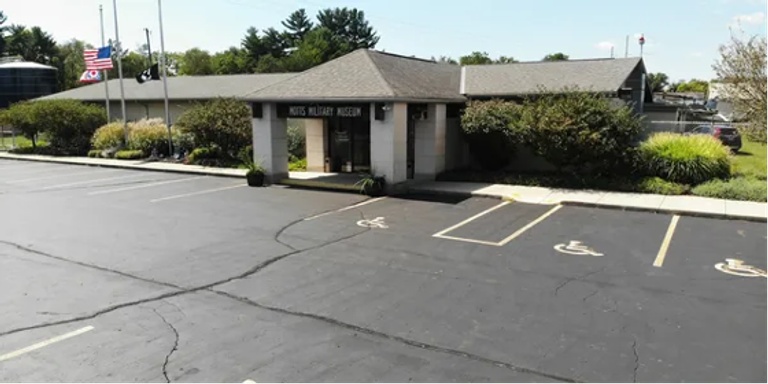
It’s important because I’ve found that much of the younger generation does not understand all that our military personnel have gone through, especially those that died defending the great freedom that we have. A lot of these young people think that our freedom is just there- but freedom is a precious thing.
When I started, I thought that if I’m going to create a museum, it has to include everything. The museum is unique because most of the artifacts here have a documented story. To me, the stories are just as important as the artifacts, because that’s what makes them alive for the kids that visit.
The veterans are also very appreciative. Usually, veterans don’t get many kudos, but when they come to the museum, they realize that someone really did care about what they went through. My minister told me this museum would be a “healing museum” and I didn’t understand that until I saw these veterans come in, and it really is.
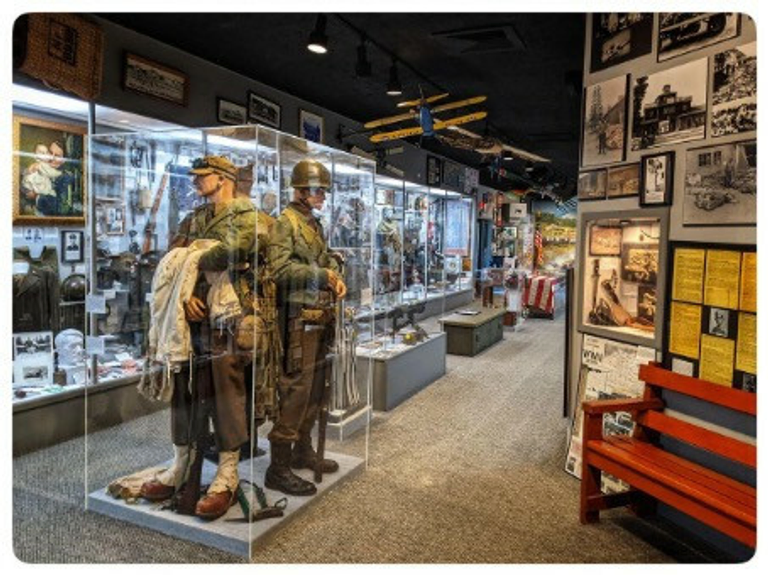
3. Motts Military Museum has the second largest collection of artifacts from the attacks on 9/11. Have you discovered anything surprising or new since building this collection?
While collecting artifacts for the museum, I have learned everything you could possibly learn. When someone gives me something, I always aim to learn all about its story.
I have become good friends with five New York firemen who were at Ground Zero and come to the museum every year on September the 11th for a memorial ceremony I host. They have since given me artifacts for the museum. One of these, I had previously known nothing about. In New York when the Twin Towers went down, there was something called a stokes basket. First responders would put the remains of a victim in and cover it with an American flag to carry them off-site. Most of those victims were policemen or firemen. One of the volunteers gave me the stokes basket that they used at Ground Zero. Another gave me the American flag that they covered the bodies with.
Curating the museum is a constant learning process. There is so much to learn; when I give a tour, I always ask visitors “how long do you have?”
4. What is the biggest takeaway from your experience running the museum?
The greatest takeaway from running this museum is the people I have met throughout it all. I have met some incredible people, and they have become my very good friends.
Ron Rosser, who got the medal of honor in Korea, he has passed away, but he became one of my great friends. We sat and talked for hours. You take a normal person and wonder how they can do things that are far beyond what a human could do. When I got to talking to Ron and other combat veterans, they said that when something goes wrong in combat and you have to react, you just have to do it without thought. When it boils down to it and there’s fighting all around you, you adopt the mindset of “you have to save your friends and defend America before anything else.”
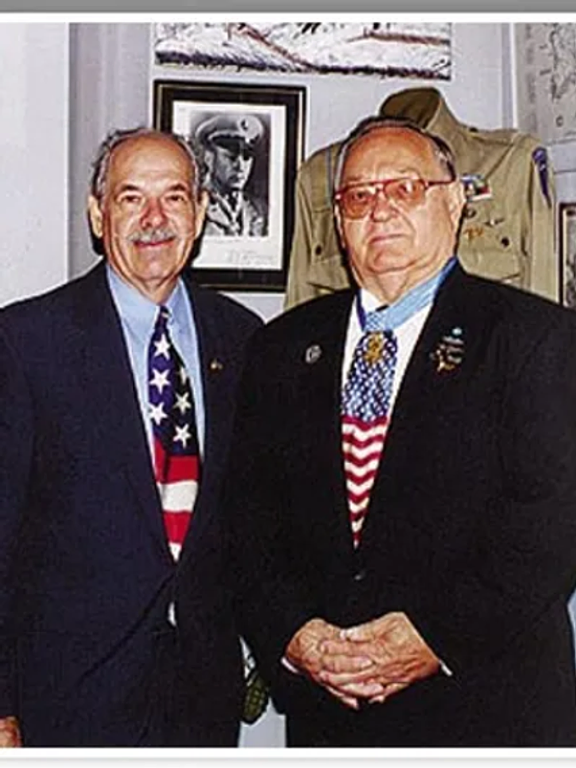
Another takeaway is that my son became interested in history through my work. I started taking him to Gettysburg when he was one year old. At 15, he taught a class at Ohio State University to Master degree students on the history of the Battle of Gettysburg. He later went to Ohio State, graduated, and told me he wanted to be a guide. He went to Gettysburg, took the test to be a guide there, and became the youngest battlefield guide at Gettysburg at that time. He is now the CEO and President of the Gettysburg Foundation.
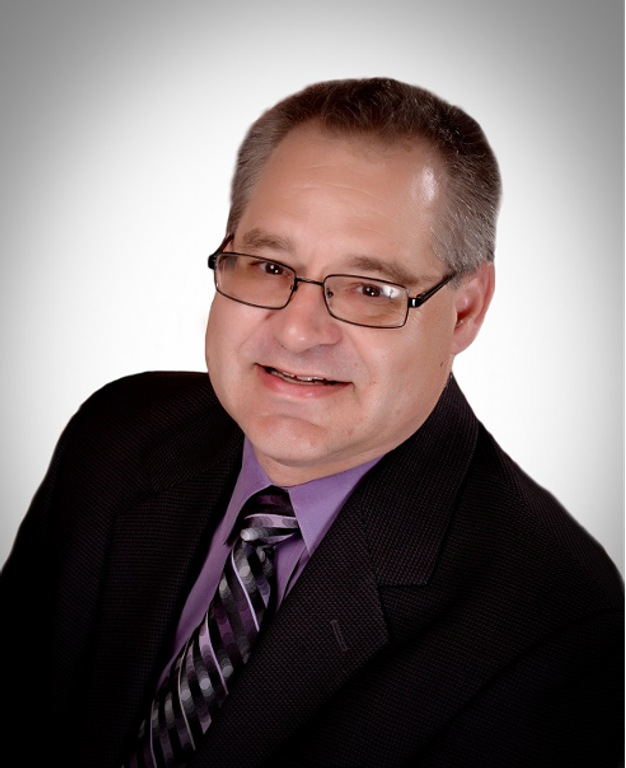
He also wrote a book about Lewis Armstead, who was a Mason (“Trust in God and Fear Nothing: Lewis A. Armistead, CSA” by Wayne E. Motts). He was a Confederate in the Civil War and was a very good friend of Winfield Scott Hancock, a Union General. At the Battle of Gettysburg, Armstead was severely wounded. When that happened, he handed his Masonic items to his aide and told him to give the items to Hancock. From this research my son decided to become a Freemason and is now the historian for the Good Samaritan Lodge #336 in Gettysburg. It all started with what I was collecting here.
5. What is the most unusual artifact you’ve collected?
The flag of the 17th Pennsylvania Cavalry- that’s really a rare piece. There is not another flag in existence today of the 17th Pennsylvania Cavalry, I have the only one.
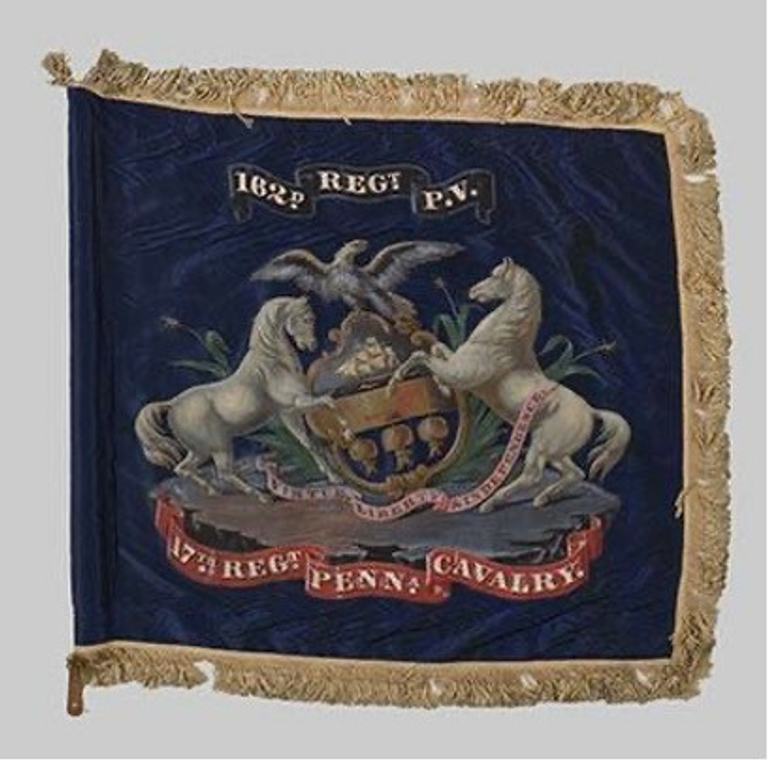
I also just had someone bring in a Colt-Vickers machine gun, which is a 1918 machine gun- the type that was mounted on Captain Eddie Rickenbacker’s airplane in WWI. I had never seen one before!
Someone also brought me a diary that had written in it a story about the owner of the diary’s ship finding Rickenbacker floating on a raft in the water during WWI. Rickenbacker had spent 25 days floating in the ocean before they found him.
I get all these unusual things, and they end up tying into other things I have too.
6. Do you have any artifacts connected to Masonry?
I have miniature Masonic emblems that were working tools used in the American Civil War battlefield. I also have the pins that Civil War Freemason soldiers wore to indicate that they were a part of Freemasonry- in some cases this would save their life. Masons were both North and South, so if one Mason saw another on the opposing side, they would have a tendency to take care of each other.
7. When did you first hear about Masonry and why did it appeal to you?
It was when I was the official photographer for the American Freedom Train. I travelled on the train all over the country for the bicentennial in 1975 and 1976 and I documented all the artifacts onboard. That is where I decided to become a Mason. When I was on this train, I noticed that one of the men aboard, Bill Sprinkle, always had a lot of people coming up to talk to him. I asked him, ‘how do you know all these people?’ and he said ‘well, they are all my Brothers.’ I started asking questions, and I ended up deciding that becoming a Freemason would be a great idea. I went back home and when I was raised, Bill and a few other men I met on the train came to watch.
My Masonic life has been fabulous. I always wear my Masonic pin and ring when I’m traveling because I get to meet really interesting, nice people and connect with my Masonic Brothers. While traveling in Mexico, a photographer saw my Shriner pin on my suit. He gave me a Masonic handshake and we talked- he invited me to a Masonic meeting. We were there for an hour, and then he said we were all going to meet with the Grandmaster! I said, “are you kidding me?” I got to sit in on a meeting and meet the Grandmaster- it was the thrill of a lifetime.
8. Why did you decide to become a member of the Scottish Rite?
When I get involved in things, I like to really get involved. I wanted to get all the degrees of Freemasonry that I could possibly get; I felt it was important. That’s why I joined the Scottish Rite. I appreciated what Freemasonry was all about, and what a great group it really is, and wanted to be more involved.
9. This fall, the Scottish Rite is honoring our first responders. Based on your work, what do you think is something that we all can learn from our country’s military and first responders?
What people should learn is that first responders need to be appreciated more. Not much good came out of 9/11, but if you watch those videos and witness the first responders going into the buildings to save civilians, you see that they are our society’s greatest asset.
10. At the Scottish Rite, one of our core values is Devotion to Country, among others. Do you find that the Masonic values and principles impact your work at the museum?
Freemasonry and the Scottish Rite are a very big part of my life; I also believe that America is always #1. I am a patriot beyond belief.
I want to inspire people in the American way- to respect the flag and everything that comes with it. The Scottish Rite was a drawing card for me because of their core values, including Devotion to Country- it allowed me to continue to inspire people.
I’m proud to be a Freemason. If everybody in this world were Masons, it would be a wonderful world we would be living in.
Motts Military Museum is located in Groveport, Ohio and is open Tuesday through Sunday. To learn more and plan your visit, visit the museum’s website.
Related Stories
Discover additional Scottish Rite blogs and news on this topic.
-
Manly P. Hall: Philosopher, Mystic, and Freemason
Famous Masons
Read More about Manly P. Hall: Philosopher, Mystic, and Freemason
-
What Does the Beehive Mean in Freemasonry?
Degrees
Read More about What Does the Beehive Mean in Freemasonry?
-
Was Robert Burns a Freemason?
Famous Masons
Read More about Was Robert Burns a Freemason?

